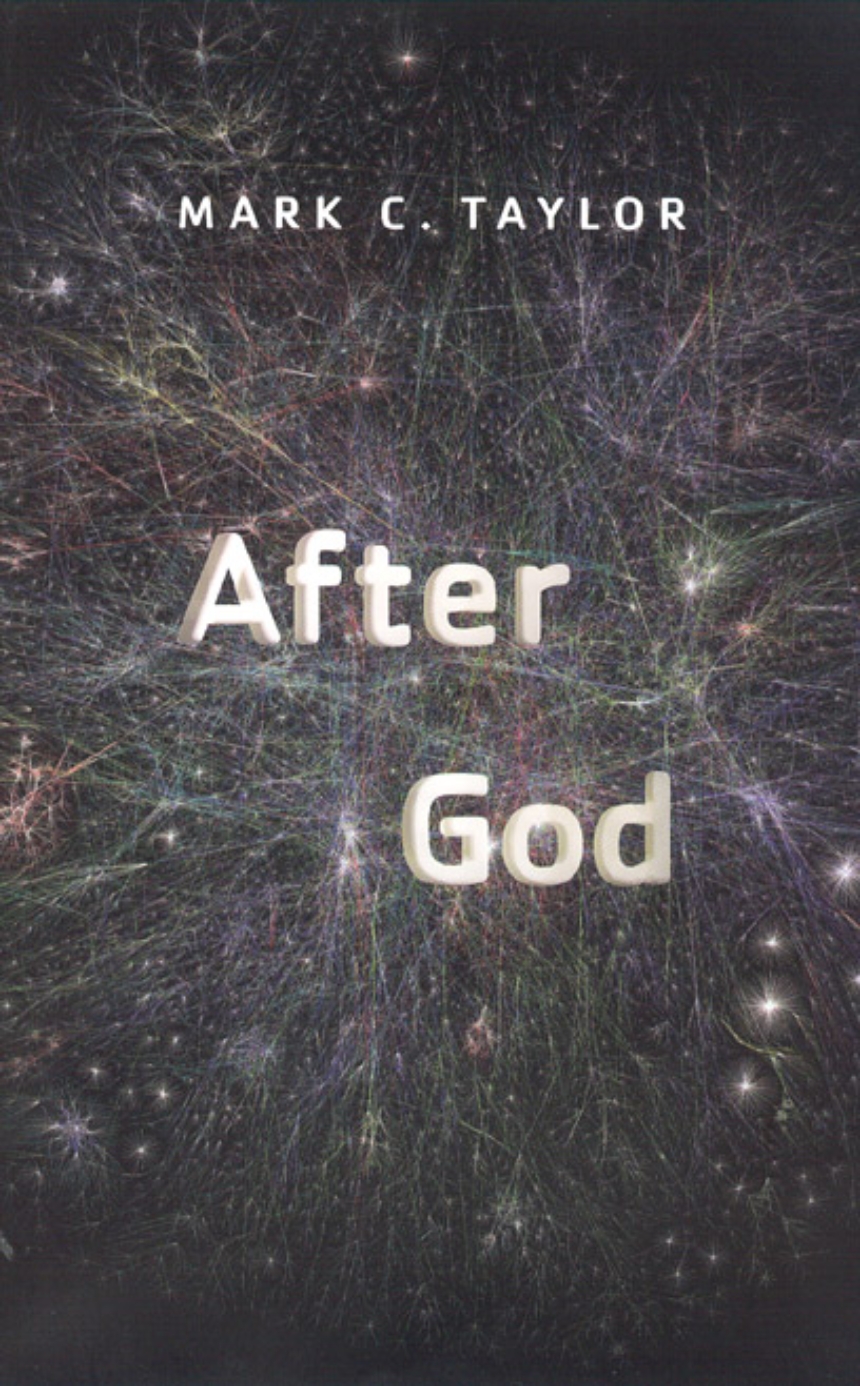After God
Religion, Mark C. Taylor argues in After God, is more complicated than either its defenders or critics think and, indeed, is much more influential than any of us realize. Our world, Taylor maintains, is shaped by religion even when it is least obvious. Faith and value, he insists, are unavoidable and inextricably interrelated for believers and nonbelievers alike.
The first comprehensive theology of culture since the pioneering work of Paul Tillich, After God redefines religion for our contemporary age. This volumeis a radical reconceptualization of religion and Taylor’s most pathbreaking work yet, bringing together various strands of theological argument and cultural analysis four decades in the making.
Praise for Mark C. Taylor
“The distinguishing feature of Taylor’s career is a fearless, or perhaps reckless, orientation to the new and to whatever challenges orthodoxy. . . . Taylor’s work is playful, perverse, rarefied, ingenious, and often brilliant.”—New York Times Magazine
416 pages | 27 line drawings, 13 tables | 6 x 9 | © 2007
Philosophy: Philosophy of Religion
Religion: Christianity, Philosophy of Religion, Theology, and Ethics
Reviews
Table of Contents
Tables
Acknowledgements
Against Theory
Networking Symbols
Three Ways of Being Religious
The Invisible Hand
Privatization, Decentralization, and Deregulation
3. Subjectivity and Modernity
Figuring Subjects
World as Work of Art
4. Religious Secularity
Immanence and Transcendence
Incarnation and Trinity
Self-Embodiment of God
Theology and Theory
Consuming Images
Cultivating Diversity
6. Recovering the Real
Securing the Base
Marketing the New Age
Base Closures
7. Religion without God
Emergent Creativity
8. Ethics without Absolutes
Fluid Dynamics
Notes
Awards
American Academy of Religion: AAR Award for Excellence - Constructive-Reflective Studies
Won
American Academy of Religion: American Academy of Religion Awards for Excellence
Won
